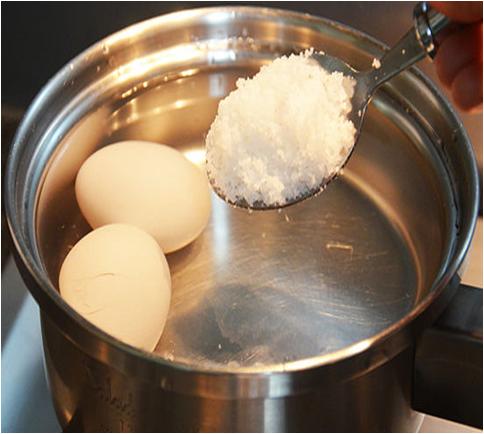Learn how to make scrambled eggs like a pro on the stovetop. I’m sharing a few simple tips for creating a creamy soft texture or fluffy tender curd. The techniques are easy, but the small details make a significant difference.
I love digging into a big plate of fluffy scrambled eggs to start the day. Each serving contains protein and other nutritional benefits. It seems easy enough right, just whisk, stir, and cook. But there’s some finesse involved to achieve a soft and creamy texture. Just a few degrees of heat can have a big impact.
Many factors can instantly change the taste. Do you keep the eggs pure, or add in liquid like milk? When do you salt? How often do you stir, and how hot should the pan be? Don’t worry. After dozens of tests, here’s my insights for perfect scrambled eggs, any way you like it.
Add salt when whisking the eggs to dissolve them better. I use about ⅛ teaspoon (0.5 grams) of salt per large egg. I prefer it on the saltier side. However, you can reduce it down to 1/16 teaspoon per egg, which is about a pinch. Salt enhances the savory flavor of the eggs, but more is happening.
A small amount of salt helps the curds become more moist and tender. When dissolved in the eggs, salt becomes charged ions. This environment makes coagulation, the changing from liquid to solid, happen faster at lower temperatures. However, it also acts as a buffer, preventing the proteins from packing too close together and squeezing out moisture [source].
-
3 large eggs.
-
1/8 teaspoon kosher salt (see notes)
-
2 tablespoons (1 ounce; 30ml) milk (optional)
-
1/2 tablespoon (1/4 ounce; 8g) unsalted butter.
-
Freshly ground black or white pepper.

Seasoning and adding mix-ins
I like to keep the seasonings simple with salt and pepper. However, freshly chopped herbs like thyme, parsley, dill, or chives are an excellent addition. If you want to make a classic breakfast scramble add some extra protein like bacon, chicken, and sausage, cut them into small uniform pieces, and pre-cook them. Chopped vegetables have a lot of moisture, so saute them first to remove excess liquids.
Add the eggs to the mix-ins and follow the preferred scrambling technique. For cheese, use hard grated cheeses like cheddar, swiss, mozzarella, and Parmesan. Add them towards the end of cooking during the last 30 seconds, when the eggs form into curds but are still wet. Stir it in, and it will continue to melt. Soft cheeses like feta or goat cheese should be sprinkled on right before serving.
Should you add water or milk in scrambled eggs?
Adding in a small amount of liquid like water or milk prevents the proteins in eggs from bonding too tightly together. When used in moderation, this yields softer, moist eggs.
If you decide to use a fat-containing ingredient like milk, it will add extra richness if you like a more decadent texture. One downside is that the liquid could dilute the flavor. If you are a purist, leave it out. I recommend 1 teaspoon of liquid (2 teaspoons max) per 1 large egg to try.

Should you salt eggs before or after cooking?? #eggs #scrambledegg #cooking
How much salt do you season your eggs with?
We like to season our eggs with salt at about 1% of their weight, or about 1.5g for 3 large eggs (though we rarely actually measure it out in practice). Just note that not only do different eaters have different salt-level preferences, but the volume of a given weight of salt itself will vary dramatically by brand, so season at your own discretion.
How much sodium is in an egg?
Eggs can be considered a low-sodium food because they contain less than 140 milligrams of sodium in every serving (100 grams). Each egg weighs around 70 grams.
Is there a right way to salt eggs?
There is no right way to salt eggs — that is, unless you want your eggs to be creamy, soft, and absolutely delicious. Then there very much is.
How long should you cook eggs before adding salt?
It is ideal to allow the salt plenty of time to dissolve into the eggs, so you’ll want to do so at least fifteen minutes before heating your pan. This affects both the flavor and texture, ensuring even distribution of the salt in every creamy bite. When you do finally add the eggs to your pan, low and slow is the way to go.
